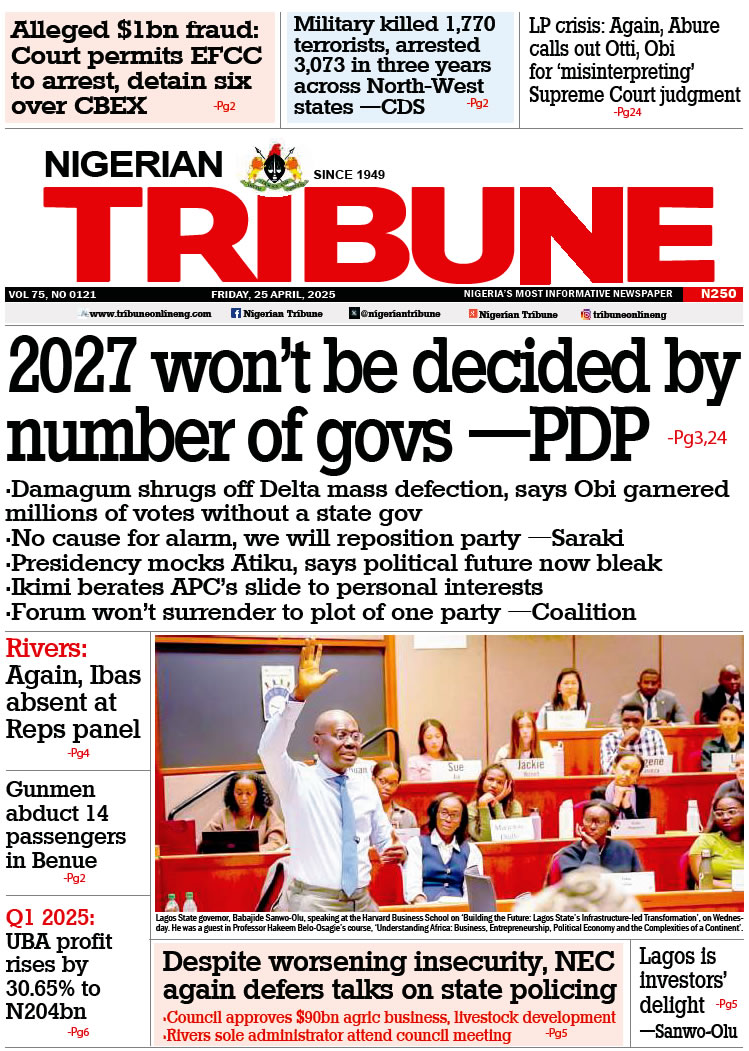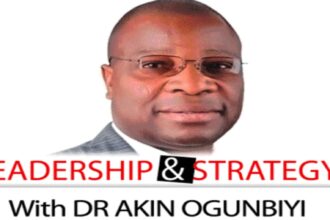As a leader (at all levels), have you been playing your role within the whole (organisation) as your framework and not just parts (your departments or units)? Do you know that the organisation is a system that delivers value through systemic thinking, systemic dynamics and systemic solutions; all within systemic perspectives and overview?
Today (as we all know), the business landscape has become complex and unpredictable. Competition has become intense. Only “fit” organisations are surviving. Not one person has all the answers. Achievement of corporate goals, therefore, requires decentralised decision-making. Workplace cohesion thrives on authenticity, creativity and ingenuity. Strategic thinking and embedded skills have become features of agile business models. All must be done in this steep learning curve for the organisation to be the very best it can be.
For leaders, KPIs of individual performance or contribution can only be correctly measured within the context of team efforts and alignment with organisation’s aims and successes. It is not just your role, either tactical or technical. Otherwise, you will just be filling hours or only spending touch hours to manage subordinates for operational outcomes (a part of the whole).
Are you effectively solving overall problems even when you are not in physical contact with subordinates or even colleagues? Your boundary-bound contributions are definitely not adequately impacting the overall details.
Mr. “operation-oriented” leader, it is not just your skill set but the appropriateness and adequacy of your intervention to overall strategic objectives and goals. Your Contribution must be an authentic and effective finished touches not just “touch hours”.
Professor Hubert Joly, Senior lecturer at the Harvard Business School pointed out that the leader must ask himself, if he is truly an authentic, contributor to overall objectives and goals. The leader (at all levels), must ask himself the following five (5) questions: Are you clear about your purpose? Are you clear about your role? Are you clear about whom you serve? Are you driven by values of the organisation? and, Are you authentic?
He must champion the purpose of colleagues and associates and ensure that it (that purpose) connects or in sync with organisation’s purpose. That constantly revitalized purpose, must drive and motivate the workforce.
A purposeful leader’s role is to create energy and momentum non-stop. The atmosphere of the workplace must be saturated always with energy, inspiration and hope. Colleagues must always see possibilities and potentials that excite them. They are intrapreneurs with great ideas for revitalized products, services and processes. With collaboration, the organisation can surely sustain growth in the present challenging environment. The leader drives individual expression by encouraging feedbacks and reinforcing and balancing feedback loops. He is never disconnected from colleagues and must never be surrounded by sycophants.
The leader is not serving himself. As I said in this column last week, professional success is no longer evaluated or determined by vain glory, power or money. The traditional model of leadership no longer works. The leader is no longer the individual who saves the day, knows it all and is the smartest person. That role is diminishing in terms of contribution to progress and prosperity. The leader serves the customers, his colleagues and other stakeholders. He drives the business (at every level) and supports colleagues as well as associates to give their best. He treats everyone with respect. To him, everyone is a customer.
It is very important that leaders (at all levels) are guided and driven by organisation’s values. They must always do what is fair, truthful and honest. They must epitomize trust and empathy.
Professor Joly says: “a leader’s role is to live by these values and explicitly promote them and make sure they are part of the fabric of the business”.
Leaders must be careful about what eventually happens between his head and his heart. Business strategists call this, “the longest 18 inches journey”.
The leader that wants to achieve purpose must be authentic. He must be himself, his true self, his whole self and the best version of himself. A way to honestly demonstrate authenticity is vulnerability. It is impossible for the leader to “know it all”. The leader must share occasional inadequacies. Professor Joly noted that “the way we lead has profound implications on people around us and how we do business”.
A new discovery on bonding and meaningful collaboration is Michael Norton’s “Ritual or Routines Effect”. Michael Norton says that leaders can harness everyday actions in the workplace to effectively convince and assure colleagues that “we care about you”. Leaders must use daily actions in the workplace to create an “authentic” atmosphere of conviviality and thereby reduce anxiety as well as engender well-being. Daily actions bring colleagues together. They connect in an informal and “genuine” atmosphere. They deliver calmness, focus and fresh energy. Examples are; celebration of birthdays, group lunch, corporate retreats, religious time-outs and fellowships, interdepartmental sporting activities and as we have in the Mutual Benefits Group; “village meetings”. The emotions that colleagues can access with daily “rituals are very powerful. According to Harvard Business School: “It is a sort of whistle while you work”. We not only have a heck of a good time with it, we work better because of it”. HRB describes the “Ritual Effect” as teaming and audacious innovation that bring colleagues and teams together and create more meaning to working together.
Let me conclude with my thoughts on the usefulness of market intelligence, business intelligence and strategic intelligence to leaders in this era of agility and innovation.
This conglomeration of insights brings together what customers are going for, state of markets and what competition is doing. It gives the leader a true picture of “what is happening out there”, the total spectrum.
Strategic intelligence translates this spectrum into very useful information that innovative actions can be based on.
These pieces of information open the leader’s eyes and widen his scope and view. Leaders must guide their people with them.
ALSO READ: Yoruba Nation: Gov Adeleke beefs up security in Osun







